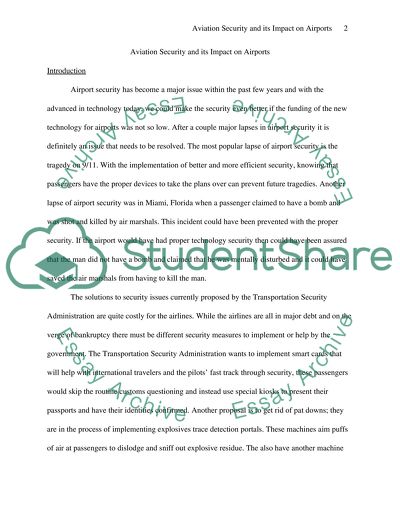Cite this document
(“Aviation Security and its Impact on Airports Essay”, n.d.)
Retrieved from https://studentshare.org/engineering-and-construction/1511070-aviation-security-and-its-impact-on-airports
Retrieved from https://studentshare.org/engineering-and-construction/1511070-aviation-security-and-its-impact-on-airports
(Aviation Security and Its Impact on Airports Essay)
https://studentshare.org/engineering-and-construction/1511070-aviation-security-and-its-impact-on-airports.
https://studentshare.org/engineering-and-construction/1511070-aviation-security-and-its-impact-on-airports.
“Aviation Security and Its Impact on Airports Essay”, n.d. https://studentshare.org/engineering-and-construction/1511070-aviation-security-and-its-impact-on-airports.


